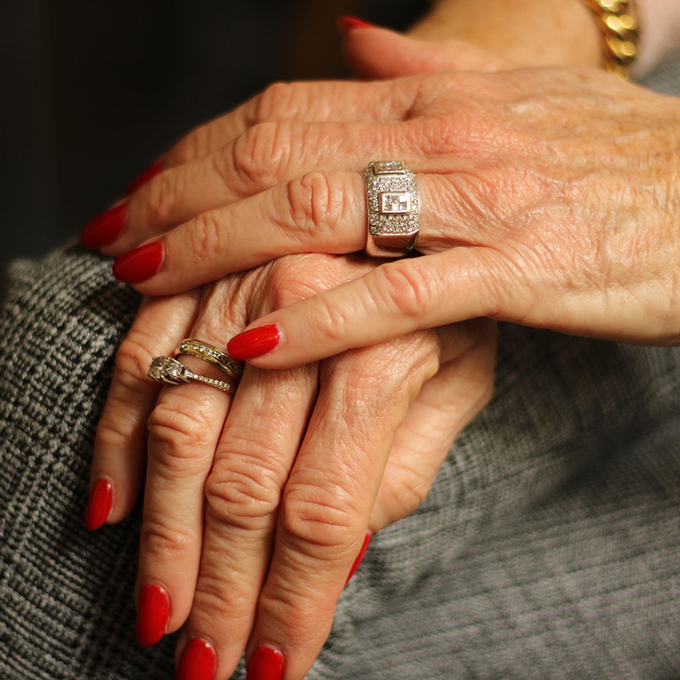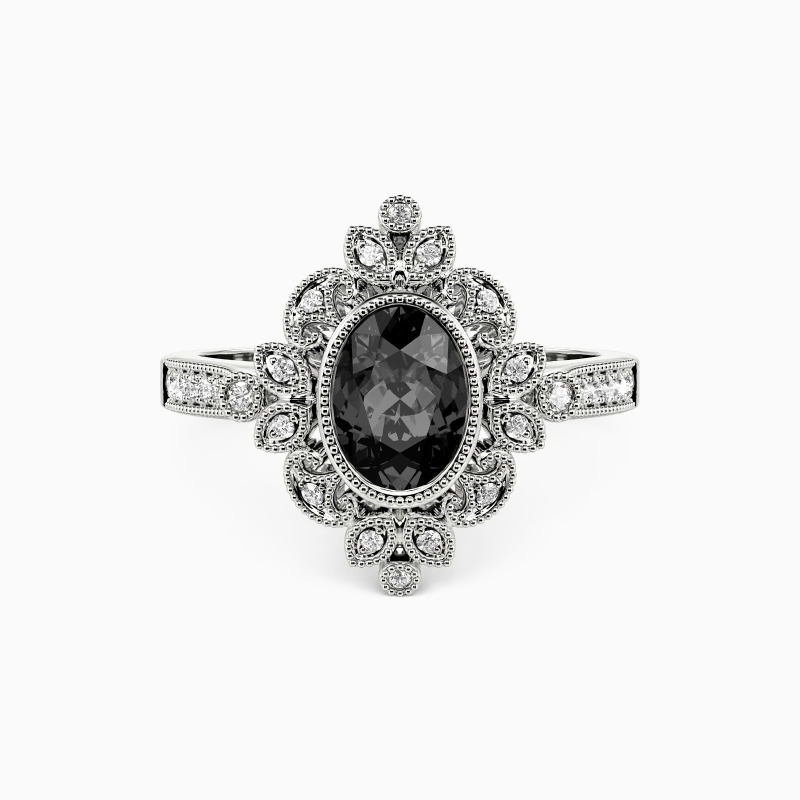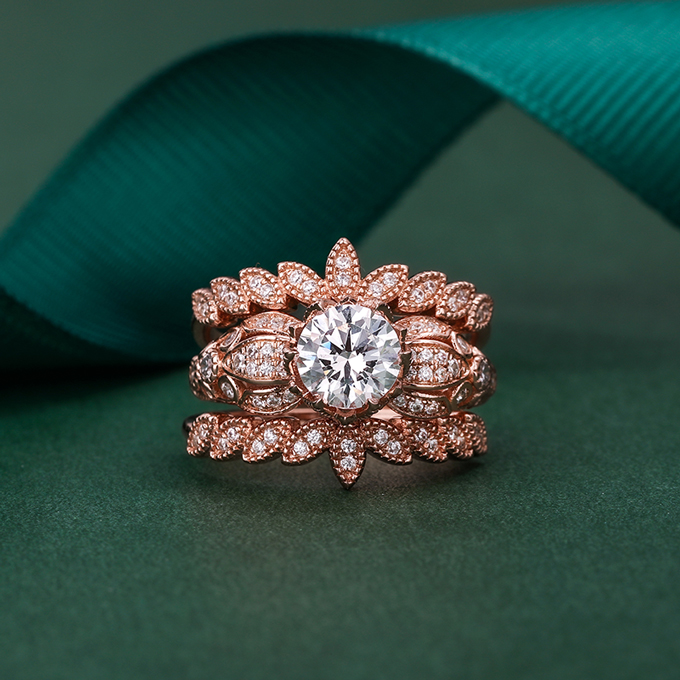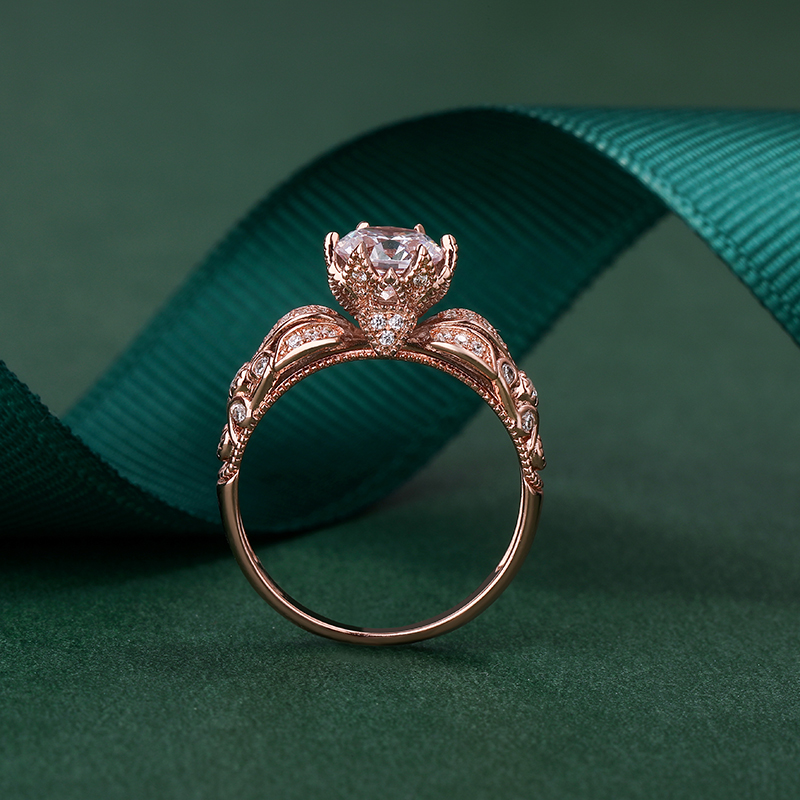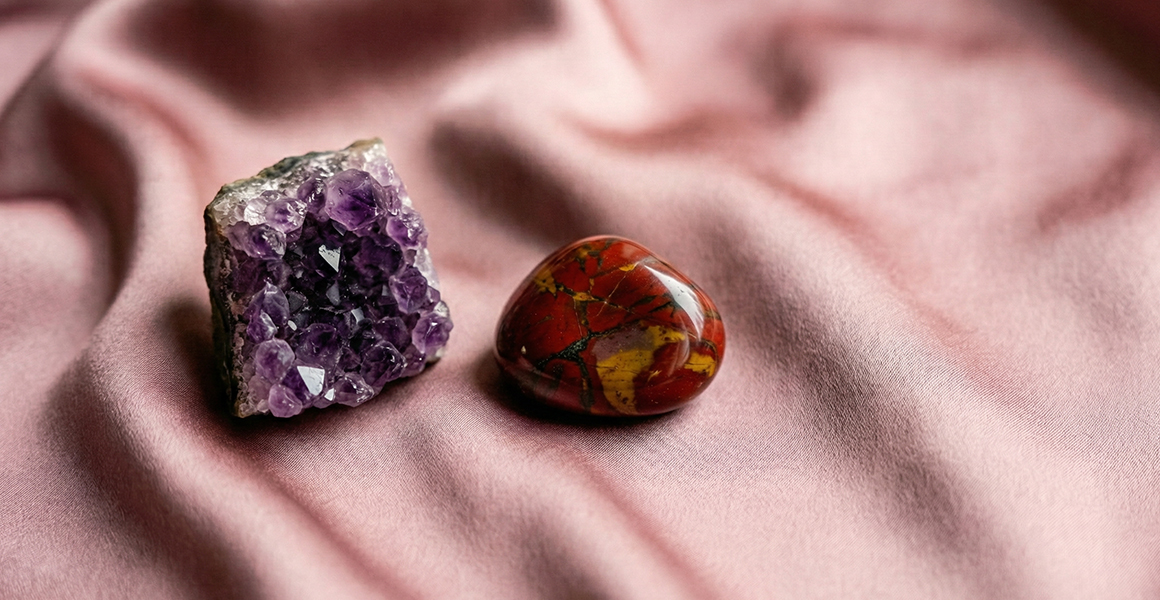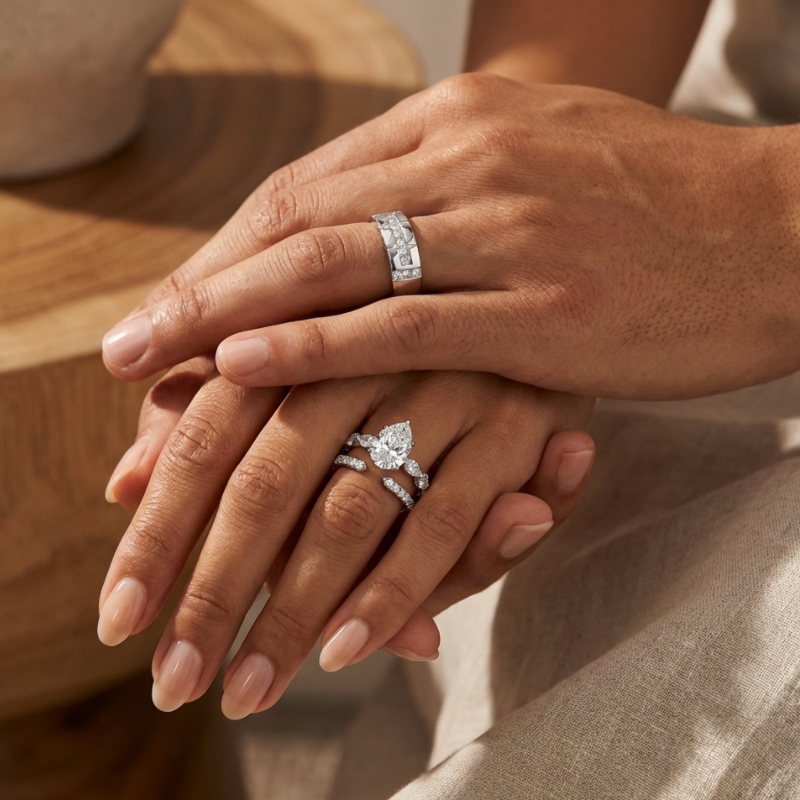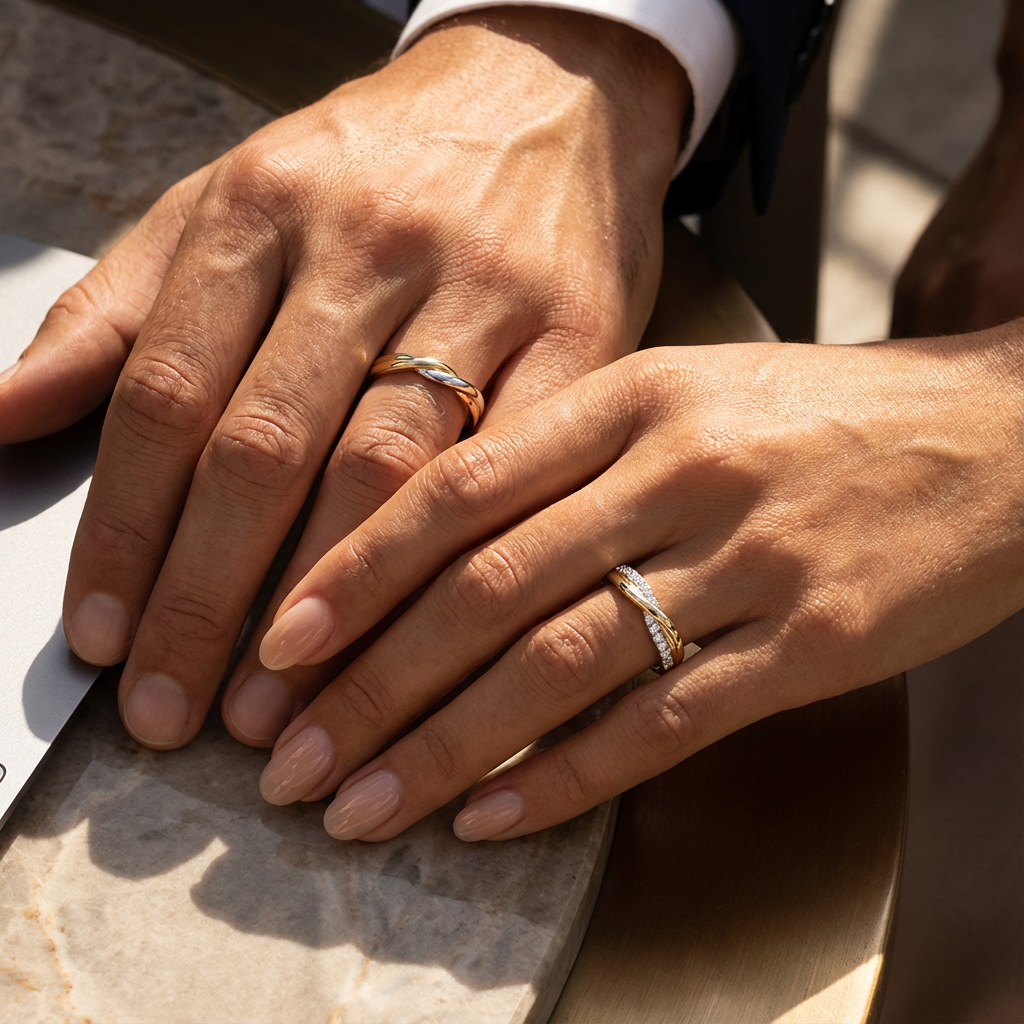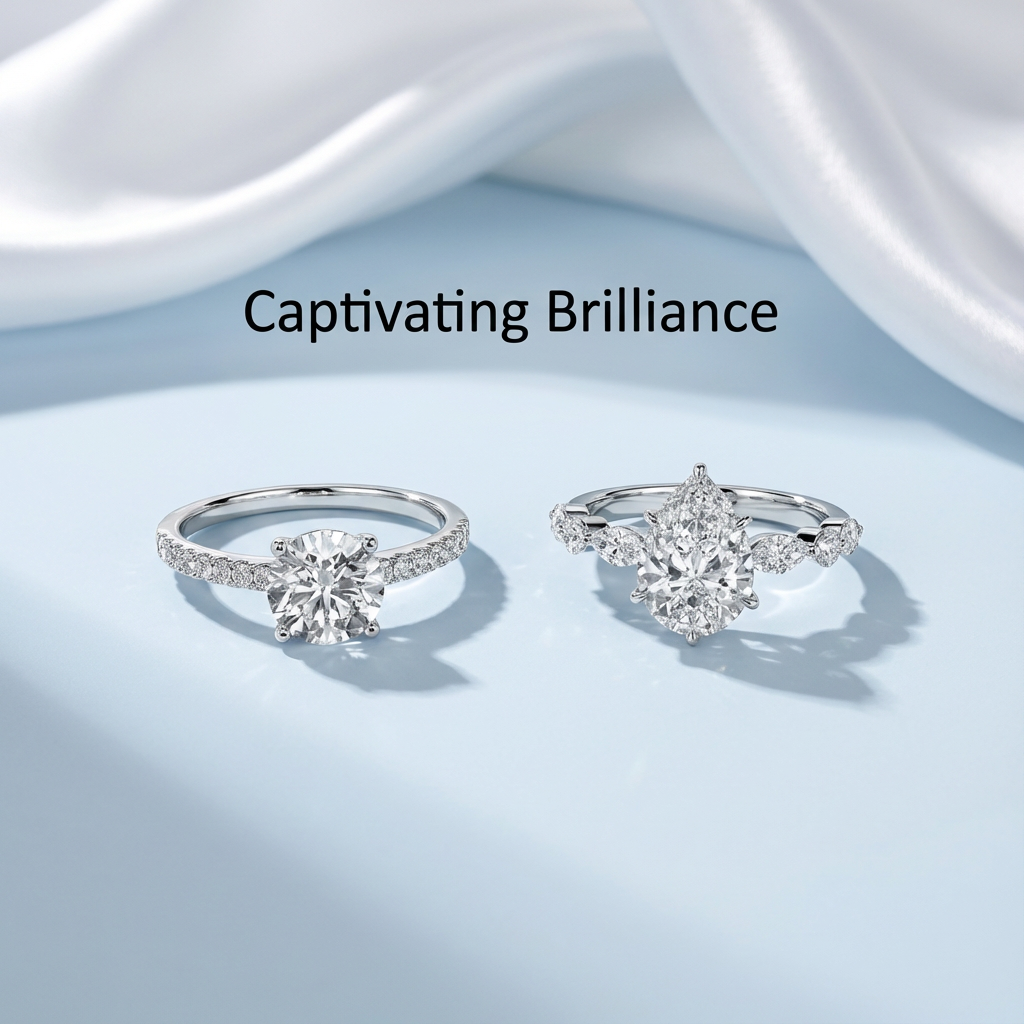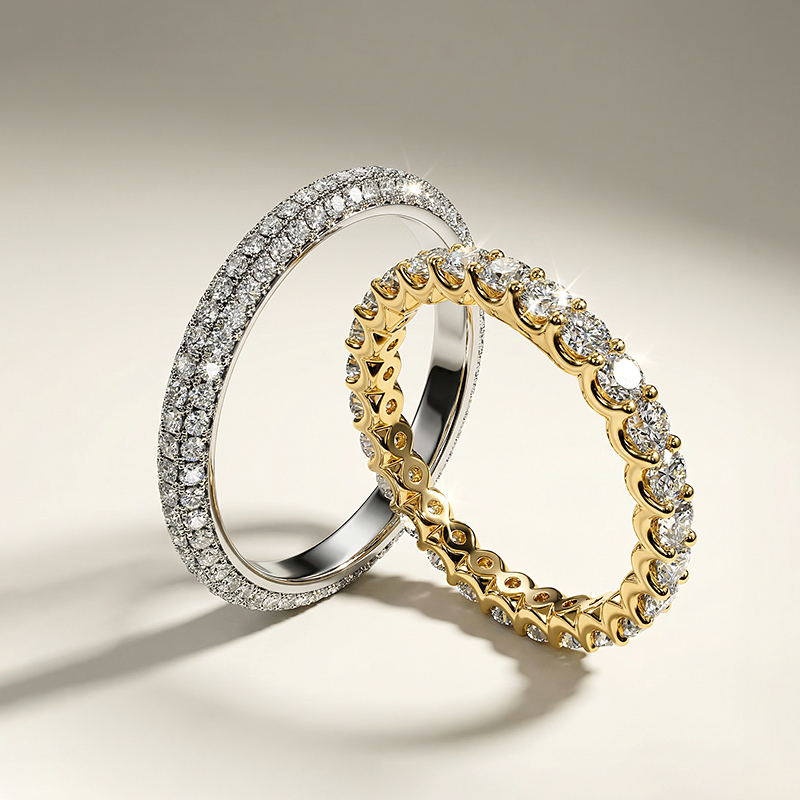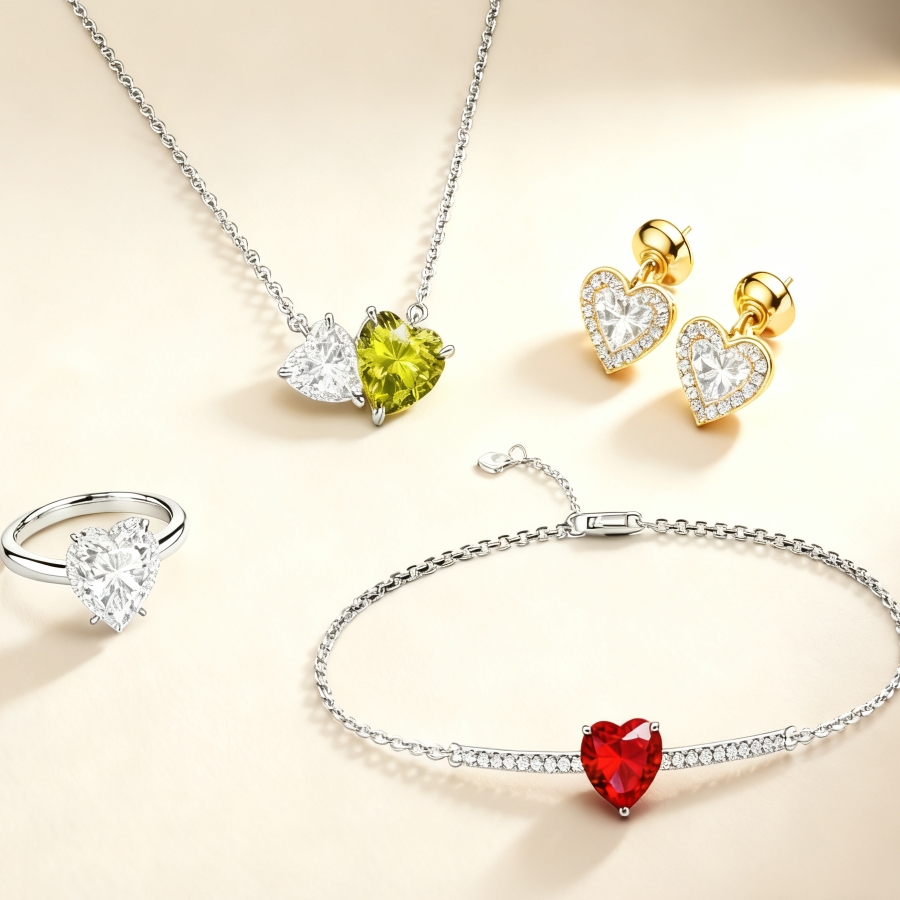For couples seeking a ring as unique as their love story, vintage engagement rings offer unparalleled charm. These timeless pieces aren’t just jewelry—they’re wearable history, carrying the craftsmanship and romance of bygone eras. Recent market data shows a 42% surge in searches for vintage engagement rings, driven by growing demand for sustainable luxury and one-of-a-kind designs.
Unlike mass-produced modern rings, vintage engagement rings tell a story. Whether it’s the geometric boldness of an Art Deco treasure or the delicate filigree of an Edwardian heirloom, each piece reflects the aesthetics and values of its time. As we explore their history, styles, and care secrets, you’ll discover why these rings are becoming the top choice for ethically minded romantics.
What Are Vintage Engagement Rings?

Defining Vintage
Vintage engagement rings are typically defined as pieces crafted between the 1920s and early 2000s (20-100 years old), distinguished by design elements specific to their era. Unlike antique rings (over 100 years old) or vintage-style reproductions, authentic vintage rings bear telltale signs of period manufacturing techniques, such as hand engraving or distinctive stone cuts.
Key Characteristics
The allure of vintage engagement rings lies in their details. Pre-1960s pieces often feature:
- Hand-fabricated settings: Irregularities in metalwork or soldering indicate artisanal production.
- Metal hallmarks: Pre-1960s platinum rings often bear unique purity stamps (like “PT800”) that differ from modern markings.
- Era-specific gem cuts: Old Mine (pre-1920s) and Transitional Cut (1920s-1940s) diamonds exhibit deeper pavilions and chunkier facets than modern brilliant cuts.
Historical Eras & Iconic Styles
Vintage engagement rings are categorized by distinct eras, each reflecting the artistic and cultural movements of its time. Understanding these periods helps buyers identify authentic pieces and choose styles that resonate with their personal tastes.
Victorian Era (1837-1901)
Romanticism defined Victorian jewelry, with intricate hand-engraved floral motifs, snake motifs (symbolizing eternity), and rose-cut diamonds. These rings often featured yellow gold and delicate milgrain detailing. Due to the rarity of large diamonds, clusters of smaller stones were common, creating a lace-like effect.
Art Deco (1920s-1930s)
The Art Deco movement brought sharp geometry, bold contrasts, and a fascination with machine-age precision. Platinum was the dominant metal, often paired with baguette or emerald-cut diamonds and vibrant gemstones like sapphires and rubies. Step-cut designs and symmetrical patterns remain highly sought after today, with “Art Deco engagement rings” consistently ranking among the top vintage jewelry searches.
Retro (1940s-1950s)
Post-war optimism led to bolder, more playful designs. Retro rings frequently featured oversized, sculptural curves, often in high-karat yellow gold. Synthetic rubies and sapphires became popular due to wartime gemstone shortages. Cocktail-style rings with large center stones and elaborate shoulders were a hallmark of this era.
Modern Vintage-Inspired Rings
For those who love the aesthetic but prefer a brand-new piece, many jewelers now offer “vintage-inspired rings“—faithful recreations of classic designs with contemporary durability. Unlike original vintage pieces that carry the natural wear of time, these new interpretations provide an alternative for buyers who prioritize pristine condition or specific sizing requirements, while still honoring traditional craftsmanship in their design approach.
Why Choose Vintage Engagement Rings?
Beyond their undeniable beauty, vintage engagement rings offer compelling advantages that modern rings simply can’t match.
Sustainability & Ethical Appeal
With growing awareness of the environmental impact of mining, “eco-friendly jewelry” has become a significant priority for couples. Vintage rings are inherently sustainable, as they reuse existing materials rather than requiring new resource extraction. Industry research indicates that choosing vintage typically reduces the environmental footprint associated with jewelry production by avoiding new mining operations.
Unparalleled Craftsmanship
Before computerized design and laser cutting, jewelers relied on hand tools and meticulous artistry. Vintage rings often feature hand-engraved detailing, hand-fabricated settings, and subtle imperfections that add character. Unlike mass-produced modern rings, no two vintage pieces are exactly alike.
Emotional & Historical Significance
Many vintage rings come with provenance—whether a family heirloom or a piece with a documented past. Wearing a ring from the 1920s or 1950s connects the wearer to a bygone era, adding a layer of storytelling to the proposal. Therefore, for couples who value uniqueness and history, a vintage ring isn’t just jewelry—it’s a conversation piece with soul.
Decoding Vintage Ring Design Elements
Metals & Gemstones
- Platinum: Favored in Art Deco (1920s-30s) for its strength and cool luster.
- Gold: 18K yellow gold dominates Victorian pieces; rose gold surged in popularity during the Retro era (1940s).
- Diamond Cuts: Old Mine Cut (soft, chunky facets) vs. European Cut (precursor to modern round brilliant) – both refract light differently than contemporary stones.
Symbolism & Style
1. Georgian (1714-1837)
- Motifs: Memento mori (skulls, crosses), acrostic rings (hidden gemstone messages, e.g., “DEAR” = Diamond-Emerald-Amethyst-Ruby).
- Materials: Rose gold, silver; foiled-back gemstones for enhanced sparkle.
- Hallmarks: Hand-chased engraving, closed-back settings.
2. Victorian (1837-1901)
- Romanticism: Floral sprays (orange blossoms = fertility), serpent coils (eternity, inspired by Queen Victoria’s engagement ring).
- Mourning Jewelry: Jet, onyx, or black enamel with hairwork compartments.
- Techniques: Repoussé (hand-hammered relief), cannetille (fine gold wirework).
3. Art Nouveau (1890-1915)
- Nature as Art: Asymmetrical vines, dragonflies, and femmes fatales rendered in plique-à-jour enamel.
- Materials: Opals, moonstones; organic forms trumped symmetry.
4. Edwardian (1901-1915)
- Lace-Like Filigree: Delicate platinum/openwork designs mimicking lace (inspired by Queen Alexandra’s love for airy, light jewelry).
- Floral & Bow Motifs: Scrolled garlands and ribbon details symbolizing elegance.
- Milgrain & Pearls: Tiny beaded edges (milgrain) paired with seed pearl accents for ethereal femininity.
- Materials: First widespread use of platinum.
5. Art Deco (1920-1935)
- Bold Geometry: Step-cut emeralds, calibré sapphires in zigzag patterns mirroring skyscrapers.
- Color Contrast: Onyx + diamond pavé, Egyptian revival scarabs.
- Innovations: Milgrain edges, invisible settings (Cartier’s Tutti Frutti).
6. Retro (1935-1950)
- Industrial Glamour: Oversized cocktail rings with bombé profiles (inspired by car fenders); patriotic ruby-sapphire clusters during WWII.
- Materials: Rose/yellow gold resurged due to platinum wartime rationing.
7. Transitional (1950-1960)
- Floral clusters with mixed cuts (round brilliants + baguettes), seed pearl halos.
Authentication & Preservation Guide
Spotting Authenticity
- Hallmarks: Look for tiny stamps (e.g., “750” for 18K gold, French eagle’s head for platinum pre-1893).
- Craftsmanship Clues: Hand-filed shank imperfections, milgrain detailing (often hand-applied pre-1950s).
- Always get a professional appraisal: Certificates should note era-specific features (e.g., “natural patina consistent with early 20th-century manufacture”).
Care Essentials
- Don’ts: Ultrasonic cleaners can loosen antique settings; harsh chemicals damage soft gold alloys.
- Dos: Bi-annual prong checks (wear weakens old metal); clean with mild soap + soft toothbrush.

Styling Vintage Engagement Rings
- Minimalist Chic: Let the ring shine by pairing with a plain platinum wedding band (ideal for intricate Art Deco designs).
- Stacked Romance: Mix eras thoughtfully—e.g., a Victorian pearl ring with a thin modern diamond eternity band.
- Metal Contrast: Try rose gold vintage rings against white gold contemporary bands for dimension.
- Insurance: Opt for “agreed value” coverage.
Final Thoughts
To choose a vintage engagement ring is to begin a conversation across time—where your love story meets the whispers of artisans long past. These rings wear their history lightly: in the way an Edwardian platinum setting catches the light like a whisper, or how a Retro-era ruby winks with postwar optimism.
Whether you’re drawn to the glamour of Art Deco or the delicacy of Victorian styles, vintage engagement rings offer more than beauty—they’re bridges between eras. In their craftsmanship lives a truth modern jewelry often forgets: that the most meaningful things are those which carry the patina of lived stories, ready to add your chapter to their legacy.


